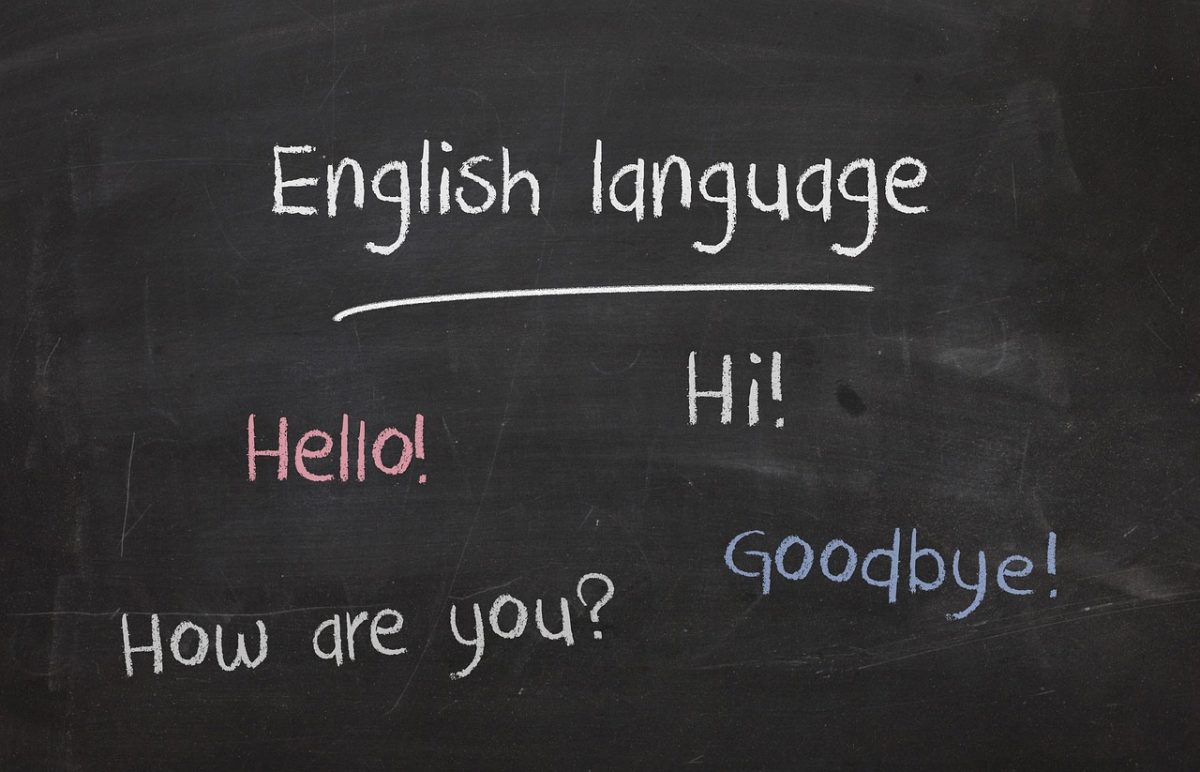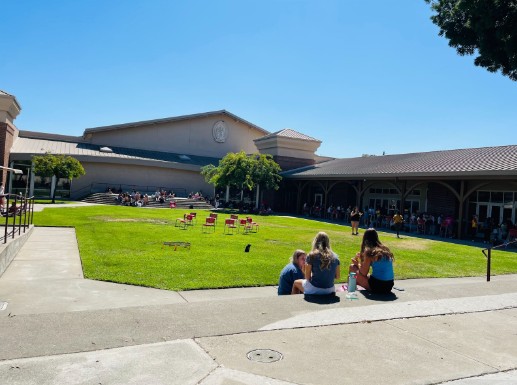As more migrants flock to the U.S. in search of a better life, schools in California are trying to support students whose first language is not English.
The term ELL stands for English Language Learner. ELL students are placed in classes in the U.S. that focus on English language skill and development. While it is generally agreed upon that these classes provide educational benefits, the degree to which ELL students are supported varies.
In the San Juan Unified School District (SJUSD) and at Mira Loma High School, faculty have different viewpoints on how to address this issue.
There are currently 6,620 ELL students in the San Juan district. Mira Loma has the third highest number of ELL students in the district, with 330, the majority being considered “Level 1,” or beginning-level students.
“The levels refer to English language proficiency,” said Gwyn Dellinger, a director in the district department that supports English Language Learners. “Those at Level 1 are beginning to master English while those at Level 4 have mastered English and will be reclassified as Redesignated Fully English Proficient. Reclassified students no longer attend English Language Development (ELD) classes.”
Danielle Musick Ly, teacher librarian and head of tutoring at Mira Loma, said the school has tools in place to help English Language Learners.
“I believe ELL students need access to direct language support in all of their classes as well as a gradual introduction to new classes,” Ly said. “Mira Loma has (English Language Development) classes for students who are learning English. We have bilingual instructional assistants who support ELL students in class and during tutoring. There are also parent meetings, listening sessions, and translation services specifically for our ELL students and their families.”
There are obstacles, however, that often obstruct these efforts, Ly said.
“New ELL students have to be enrolled in a full schedule of classes even if they haven’t developed their English language skills,” she said. “The school is also limited on the number of (instructional assistants) available. Teachers sometimes do not have the necessary support or resources to aid students directly during class.”
Cristina Zepeda, an assistant principal at Mira Loma, described the struggles she thinks ELL students face, and how to address them from a broader perspective.
“We face the obstacles every school district faces – lack of funding and not enough bilingual staff,” Zepeda said. “We have hired many staff members who are bilingual and can support families and students in school. We are exploring more intense language acquisition programs individualized for newcomers. We have targeted specific ELL students who are not being successful and have connected them with an intervention teacher to help them be successful.”
Support for ELL students can be provided not just by faculty and administration, but also by peers – fellow students.
Nathaniel Horton, a freshman at Mira Loma, said he thinks a buddy system for ELL students would be helpful, despite the potential logistical difficulties.
“I think they really need someone to help connect them to the community,” Horton said.








